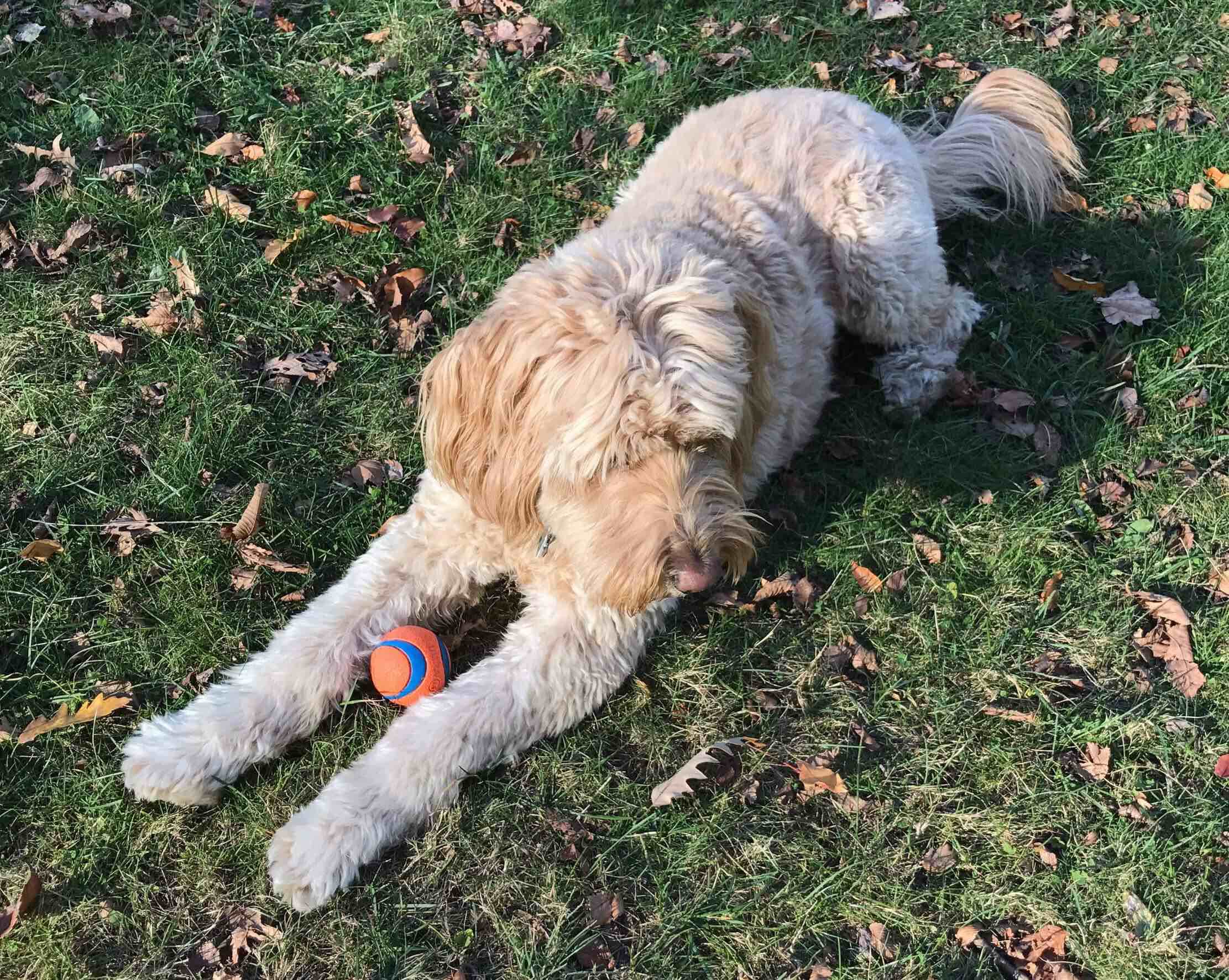The dog-hooded vulva is an abnormal condition that can lead to infections and other health issues. It is important to distinguish between a hooded vulva and a normal one to ensure proper care for the dog’s hygiene and health.
A dog’s vulva is the external opening of the reproductive tract. Normally, it is visible and protrudes from the body, making it easy to clean. However, in some dogs, the vulva is partially or completely covered by folds of skin, known as a hooded vulva.
This condition can cause urine and bacteria to become trapped, leading to infections such as urinary tract infections (UTIs) and pyometra (a serious infection of the uterus). In this article, we will discuss the causes, symptoms, and treatment options for a hooded vulva, as well as how to take care of a dog with this condition.

Credit: www.thefarmersdog.com
Frequently Asked Questions On Dog Hooded Vulva Vs. Normal
What Is A Dog Hooded Vulva?
A dog’s hooded vulva is skin that covers the vaginal opening. It helps protect the area from dirt and debris. Some dogs, especially overweight or older dogs, may develop an inverted or hooded vulva, which can lead to urinary tract infections.
What Are The Signs Of A Hooded Vulva In Dogs?
Signs of a hooded vulva in dogs include urine dribbling, frequent urinary tract infections, skin irritation or inflammation in the perineal area, and licking or chewing the area. Dogs with hooded vulvas may also have difficulty getting pregnant due to abnormal anatomy.
Can Dogs Get Normal Vulvas?
Yes, dogs can have normal vulvas. It’s important to keep your dog at a healthy weight and monitor their hygiene to prevent hooded vulva formation. Regular veterinary care can also help catch and treat any issues early on.
How Is A Hooded Vulva Diagnosed In Dogs?
A veterinarian can diagnose a hooded vulva in dogs by performing a physical exam and possibly a urinalysis. In some cases, imaging tests such as ultrasound may be recommended. Treatment options may include surgery, medication, and lifestyle changes.
Is A Hooded Vulva In Dogs Treatable?
Yes, a hooded vulva in dogs is treatable. Your veterinarian may recommend surgery to correct the anatomical issue or prescribe medication to prevent UTIs. Lifestyle changes, such as weight loss and hygiene management, can also prevent hooded vulva formation and improve symptoms.
Can A Dog With A Hooded Vulva Be Spayed?
Yes, a dog with a hooded vulva can be spayed. Spaying can be part of the treatment plan for a hooded vulva, as it can help prevent future UTIs and pyometra (uterine infection). Your veterinarian will evaluate your dog’s case and recommend the most appropriate treatment plan.
Conclusion
Overall, it’s important to understand the difference between a dog’s hooded vulva and a normal vulva. A hooded vulva can lead to urinary tract infections, skin irritation, and even infertility, so it’s important to monitor your dog’s vulva and consult a veterinarian if you suspect any issues.
While a hooded vulva may not be a cause for concern in all cases, early detection and proper treatment can prevent potential health problems for your furry friend. Regular grooming and hygiene practices are crucial for preventing infections and keeping your dog healthy.
As a pet parent, it’s essential to educate yourself on all aspects of your pet’s health, including their reproductive anatomy, to ensure their well-being and happiness. By being proactive and attentive, you can help your pup lead a happy, healthy, and comfortable life.



